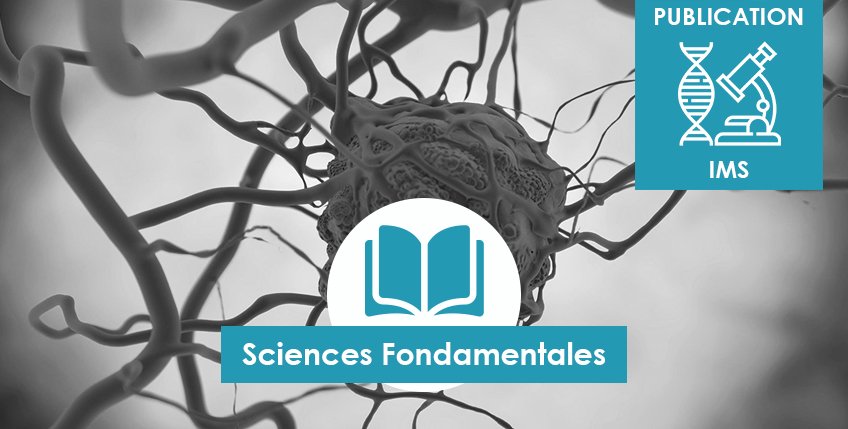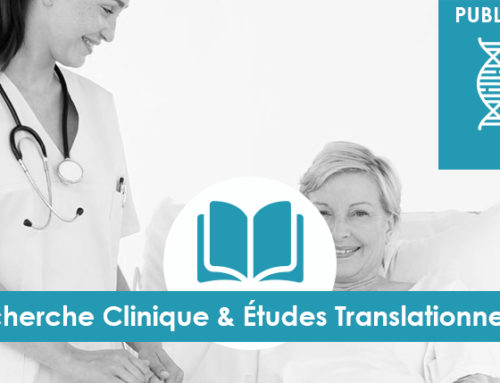Superficial CD34-Positive Fibroblastic Tumor and PRDM10-rearranged Soft Tissue tumor are overlapping entities: a comprehensive study of 20 cases
Histopathology, June 2021
Raul Perret, Michael Michal, Richard A Carr, Valérie Velasco, Marian Švajdler, Marie Karanian, Alexandra Meurgey, Sandrine Paindavoine, Isabelle Soubeyran, Jean-Michel Coindre, Romain Boidot, Céline Charon-Barra, Damien Geneste, Noelle Weingertner, Daniel Pissaloux, Franck Tirode, Jessica Baud, François Le Loarer
doi: 10.1111/his.14429.
https://pubmed.ncbi.nlm.nih.gov/34121219/
Abstract
Introduction: Superficial CD34-Positive Fibroblastic Tumor (SCD34FT) and PRDM10-rearranged soft tissue Tumor (PRDM10-STT) are rare mesenchymal tumors. These lesions have clinicopathological similarities, but their relationship remains controversial. This study aimed to characterize a series of cases of SCD34FT and PRDM10-STT.
Methods and results: ten lesions each of SCD34FT and PRDM10-STT were studied using immunohistochemistry, Array-Comparative genomic hybridization (aCGH), RNA-Sequencing and exome sequencing. Tumors mainly occurred in young adults, were generally small (<5 cm), and arose predominantly in the superficial soft tissues of the lower extremities. Follow-up data were available in 15 cases (SCD34FT, n= 7, median 16 months; PRDM10-STT, n= 8, median 14 months), local recurrences occurred in 4 cases (SCD34FT, 2/10; PRDM10-STT, 2/10) while no distant spread was documented. Morphologically, tumors were relatively well-circumscribed and composed of sheets and fascicles of spindle and pleomorphic cells showing low mitotic activity (<1/mm²) without necrosis. Other findings included: granular cell change, lipoblast-like cells, ectatic blood vessels with fibrinous material, myxoid stromal changes, metaplastic bone, and increased mitotic activity (>1/mm²). All tumors diffusely expressed CD34, while Pan-Keratin and Desmin were commonly seen focally. SynCAM3 was diffusely expressed in 12 cases (SCD34FT, n= 5; PRDM10-STT, n= 7), independently of fusion status. aCGH profiles were “flat” (PRDM10-STT, n=4; SCD34FT, n=2) and exome sequencing showed no recurrent pathogenic mutations (PRDM10-STT, n=2; SCD34FT, n=4). Overall, the only morphological features seen exclusively in PRDM10-STT were myxoid stromal changes (3/10) and metaplastic bone (2/10).
Conclusion: we expand the current knowledge on PRDM10-STT and SCD34FT and provide additional evidence for considering them as overlapping entities.
Keywords: Comparative Genomic Hybridization; PRDM10; RNA-Sequencing; Sarcoma; Superficial CD34-Positive Fibroblastic Tumor.



